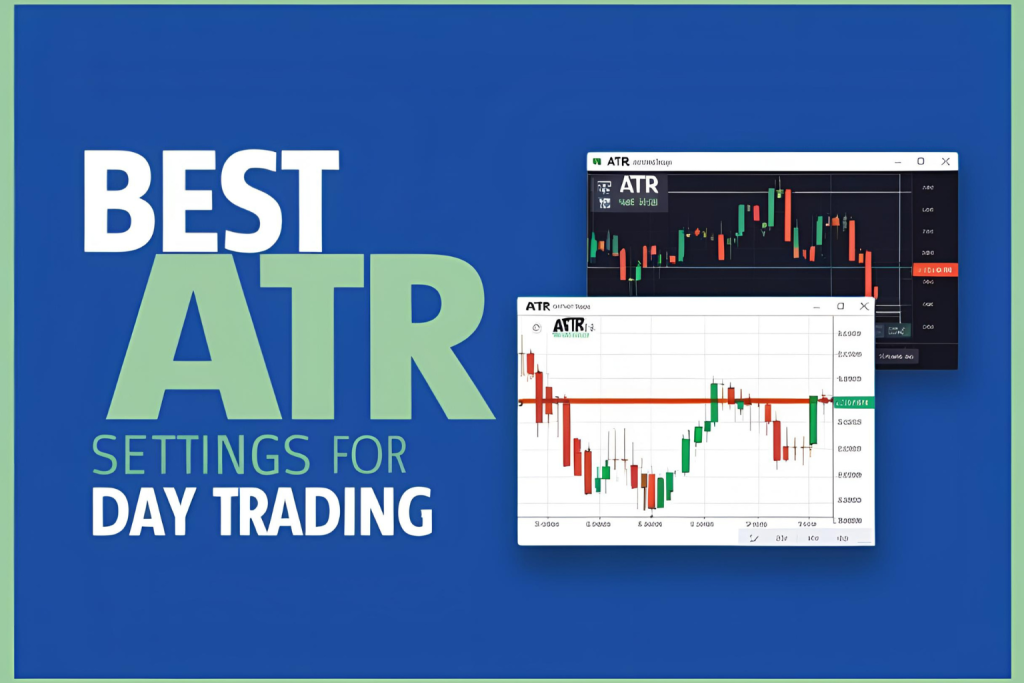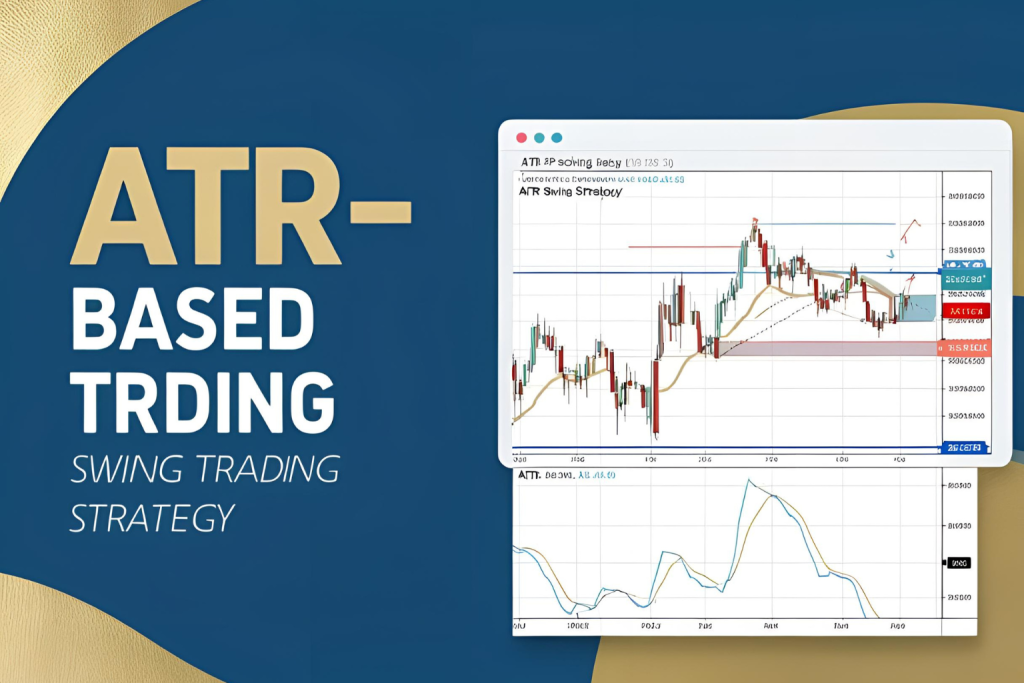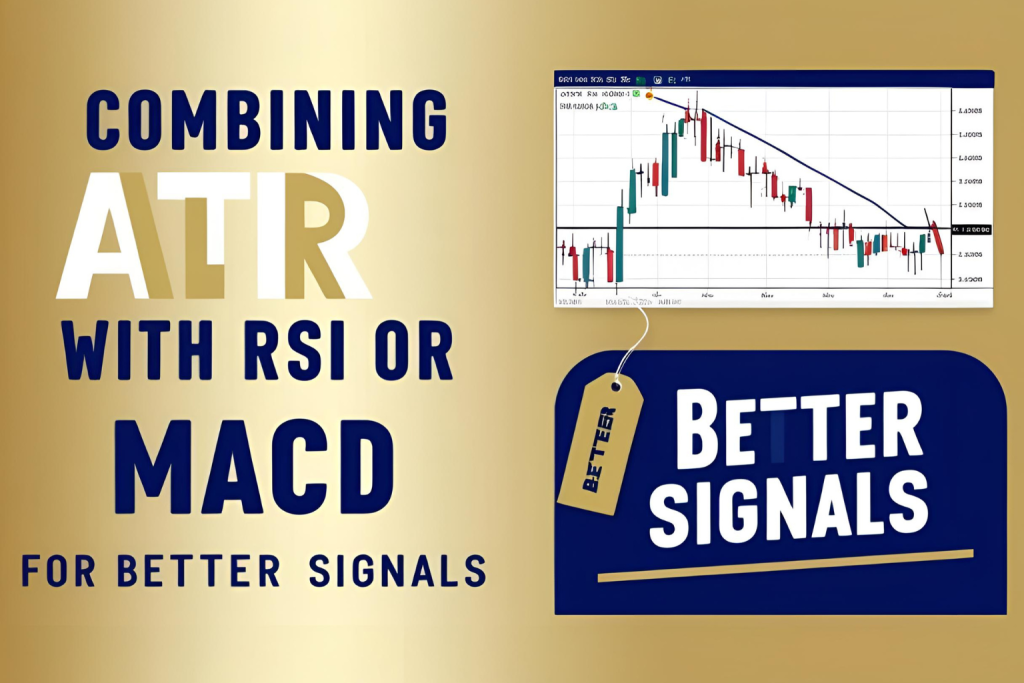Breakout trading can be incredibly rewarding—but also risky if you enter on false signals. The Average True Range (ATR) helps confirm real breakouts by measuring market volatility. By integrating ATR into your breakout strategy, you can improve entry timing, risk management, and trade filtering.
This guide explains how to trade breakouts using the Average True Range step by step.
Why Use ATR for Breakout Trading?
The key to breakout success is confirming volatility. ATR tells you whether the market has enough strength to push past key levels and sustain the move.
- Low ATR = Potential fakeouts
- High ATR = Real momentum
- ATR spike = Imminent volatility shift (ideal for breakout traders)
✅ Step-by-Step: Trading Breakouts with ATR
1. Identify Key Breakout Levels
- Use horizontal resistance or support zones
- Look for price compression or consolidation near these zones
2. Add ATR to Your Chart
- Recommended settings:
- 14-period on daily/swing setups
- 5–10 period for intraday
- Monitor the current ATR value and recent spikes
3. Confirm ATR is Rising
- ATR should increase before or during the breakout
- Rising ATR = momentum is increasing
- Flat or falling ATR = low conviction breakout
4. Place Entry After Confirmation
- Wait for price to close above resistance (for bullish breakouts) or below support (for bearish breakouts)
- ATR confirms that the move has force behind it
5. Use ATR to Set Stop-Loss
iniCopyEditStop-Loss = Entry Price – (ATR × 1.5) [for long]
Stop-Loss = Entry Price + (ATR × 1.5) [for short]
6. Target Setting
- Set target using risk-reward (e.g., 1:2)
- Or trail stop using ATR trailing stop to ride the trend
Real Example
- Asset: Stock XYZ at $100
- Resistance Level: $101
- ATR (14): 2.0
- Price breaks and closes above $101
- Entry: $101.50
- Stop-Loss: 101.50 – (2.0 × 1.5) = $98.50
- Target: $104.50 (1:1 R:R) or $107.50 (1:2 R:R)
Bonus Tip: Use ATR + Volume
- ATR rising + Volume surge = high breakout probability
- Filter out fakeouts by requiring both ATR and volume confirmation
Final Thoughts
Breakouts can lead to big moves, but they require careful confirmation. Using the Average True Range helps ensure you’re not entering on weak momentum. By combining ATR with price action and volume, you can identify high-conviction breakout setups and manage your trades with confidence.
✅ FAQs
1. Is ATR good for breakout trading?
Yes. ATR confirms the strength of breakouts and helps avoid false signals.
2. What ATR setting works best for breakouts?
5–14 periods are most common, depending on your timeframe.
3. Can I use ATR for trailing stops in breakouts?
Yes. ATR trailing stops help lock in profits as price moves.
4. Should I wait for a candle close above resistance?
Yes. Wait for confirmation—don’t enter on intrabar spikes.
5. Can ATR predict breakouts?
ATR doesn’t predict, but it signals when volatility is increasing—often before breakouts.



